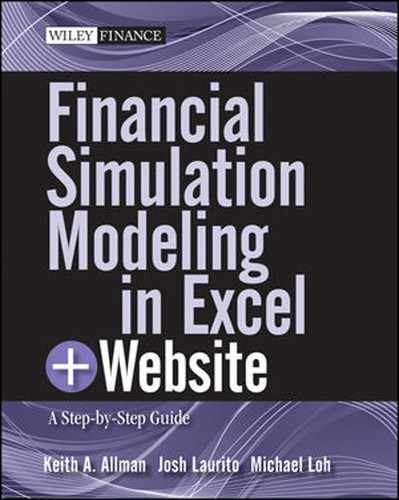BOUNDARY CONDITIONS
Let's return to equation A.9 and examine its solution more closely. We determined that the solution to this particular equation is 4x because the derivative of 4x is indeed 4. However, is this the full story? Recall that the derivative of a constant is zero. Therefore our general solution must be of the form in equation A.12:
![]()
where C is a constant. What does this mean, and why do we need to complicate matters even further? Moreover, how do we even figure out what C is, given that at this point it could be anything! We will discuss its importance a little further on, but C is determined by the boundary condition, or initial condition, of the system. This means that to determine C for equation A.12 we must first know the value of f(0).
I realize this all sounds very strange, so let's take as a real-life example, something that we are all familiar with. This example should also convey the importance of what a boundary condition is in a very physical sense. Just as in the discussion about Brownian motion, let's look at bond values that accumulate with a constant interest rate. At any time, t, its value will be (equation A.13):
![]()
Now we ask ourselves, if we were to invent a toy model, just for demonstration purposes, that were to relate dB, the differential of B, to dt such that its solution took the form of equation A.13, what would it look like? Let us make the following guess in equation A.14:
![]()
By using some algebra and basic calculus we can solve this equation (equation A.15):

Notice that since both Cs are constants, the difference of the two is still a constant (equation A.16):

The only bit of trickery we did here was simply redefining eC as the constant Bo, which we are free to do since both are constants and can be easily “renamed.” Furthermore, notice that Bo is the constant associated with the solution to the ODE. And as we discussed before, this constant is determined from the boundary condition of the system, which, in the context of our example, is the bond. Equation A.16 should be familiar to everyone as the value of a bond at time, t, with a starting value of Bo. Boundary conditions may sound abstract and complicated, but in reality it just defines either the starting or ending point of a system we are dealing with.
